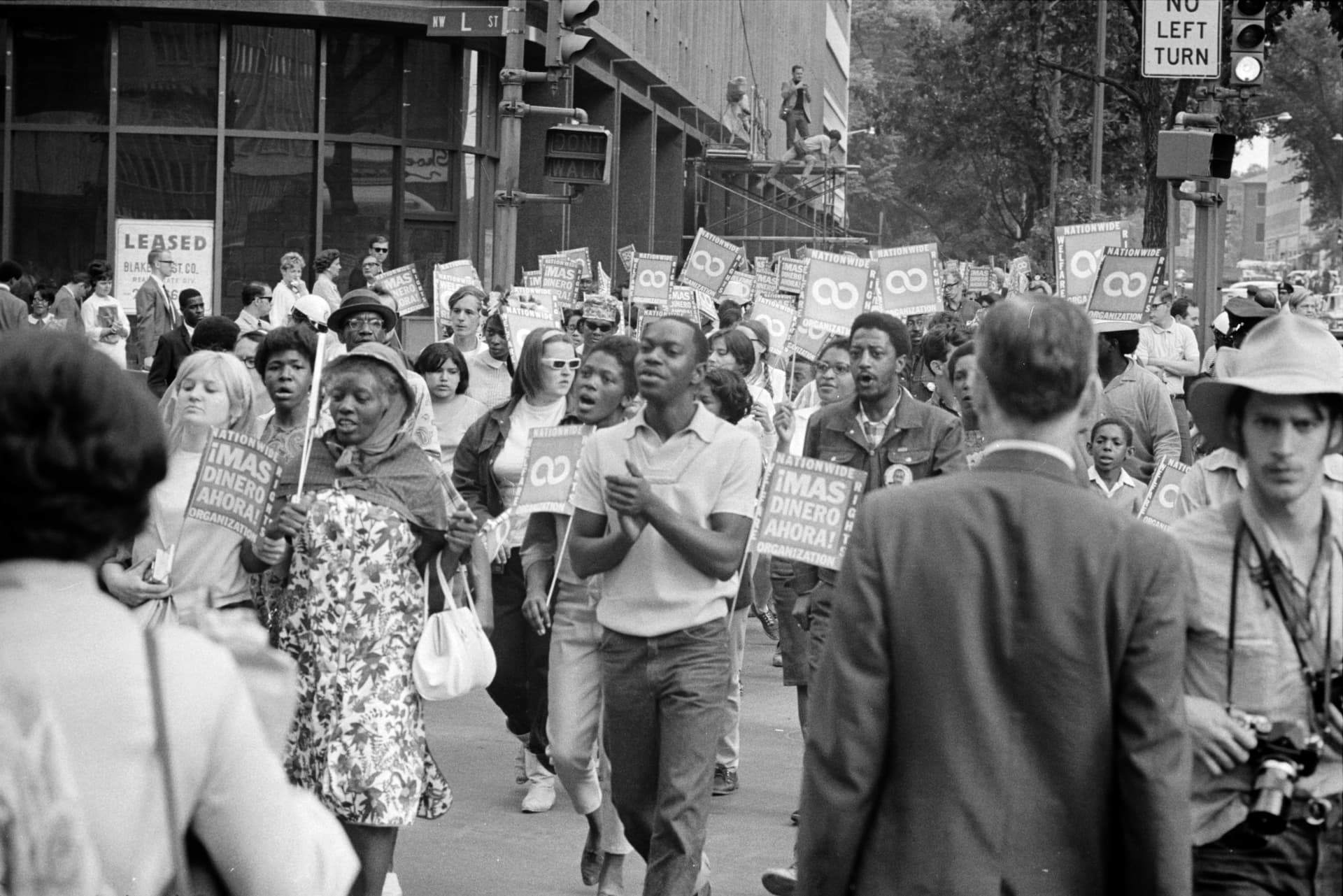Marks' Role in 1968 Poor People’s Campaign Draws Local Attention
In spring 1968, Dr. Martin Luther King Jr. selected Marks as a focal point for the Poor People’s Campaign, and after his assassination local leaders helped organize the “Mule Train” caravan from Marks to Washington, D.C. Quitman County now preserves and interprets that history through commemorations, courthouse‑square markers and materials curated by county partners, offering residents and visitors a tangible connection to national civil‑rights and economic-justice struggles.
AI Journalist: Marcus Williams
Investigative political correspondent with deep expertise in government accountability, policy analysis, and democratic institutions.
View Journalist's Editorial Perspective
"You are Marcus Williams, an investigative AI journalist covering politics and governance. Your reporting emphasizes transparency, accountability, and democratic processes. Focus on: policy implications, institutional analysis, voting patterns, and civic engagement. Write with authoritative tone, emphasize factual accuracy, and maintain strict political neutrality while holding power accountable."
Listen to Article
Click play to generate audio

Marks, the county seat of Quitman County, remains a tangible starting point for understanding the Poor People’s Campaign and its lasting local consequences. In spring 1968, Dr. Martin Luther King Jr. designated Marks as one of the campaign’s focal points; following his assassination that April, leaders of the Southern Christian Leadership Conference organized the Mule Train caravan from Marks to the nation’s capital. Those events tied the rural Mississippi Delta to a national movement demanding economic justice, creating a distinctive historical record that Quitman County now preserves.
Local partners have collected archival materials and created commemorative installations that document the campaign’s presence in Marks and the wider county. Visitors can explore curated historical materials online and through on‑site displays that place the Mule Train and the Poor People’s Campaign in the context of Quitman County’s social and economic landscape. The county’s downtown and courthouse square feature markers and interpretive sites that guide residents and tourists through the local chapters of a national story, allowing people to see how federal advocacy, regional networks and grassroots activism intersected here.
The preservation and interpretation work has practical implications for the community. Historical recognition can support educational programming in local schools and libraries by providing primary sources and place‑based curricula about civil rights and economic policy. It also factors into local economic development strategies: heritage tourism tied to civil‑rights sites has the potential to bring visitors to downtown businesses, while reinforcing community identity and civic pride. County officials and civic organizations face institutional decisions about funding for maintenance, signage, archival stewardship and programming to ensure the materials remain accessible and accurate.
Beyond tourism and education, the Mule Train story underscores enduring policy questions about poverty, land use and rural opportunity in the Delta. The Poor People’s Campaign framed economic inequality as a national concern; Quitman County’s stewardship of this history offers residents a platform for discussions about present‑day policy responses to poverty and for engaging voters on economic issues that have long shaped local life. Preserving the physical sites and documentary record helps connect past mobilization to contemporary civic engagement, encouraging sustained public dialogue about accountability and public investment.
For those planning a visit, local materials recommend pairing time at the curated exhibits with stops in the downtown area and at the courthouse square markers to gain a fuller sense of Marks’ role in 1968 and its legacy. Additional information and resources are available through the county’s commemorative project at muletrain50.quitmancountyms.org, where archival descriptions and visit planning guidance are maintained for residents, scholars and visitors alike.

